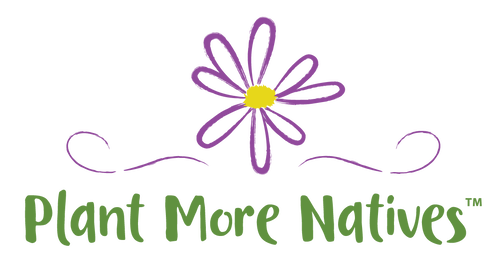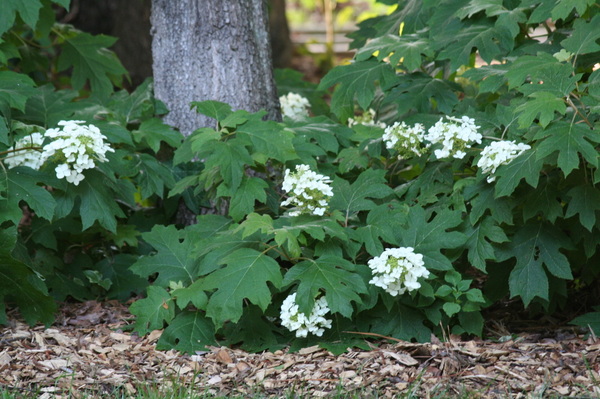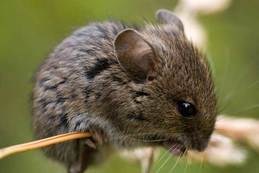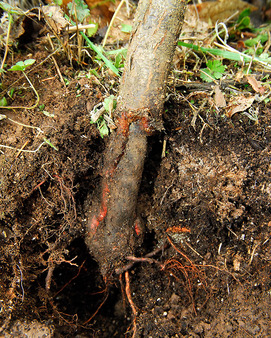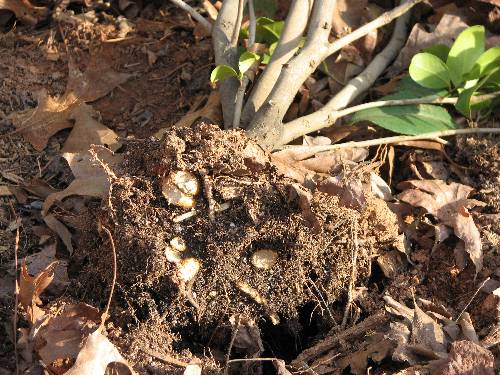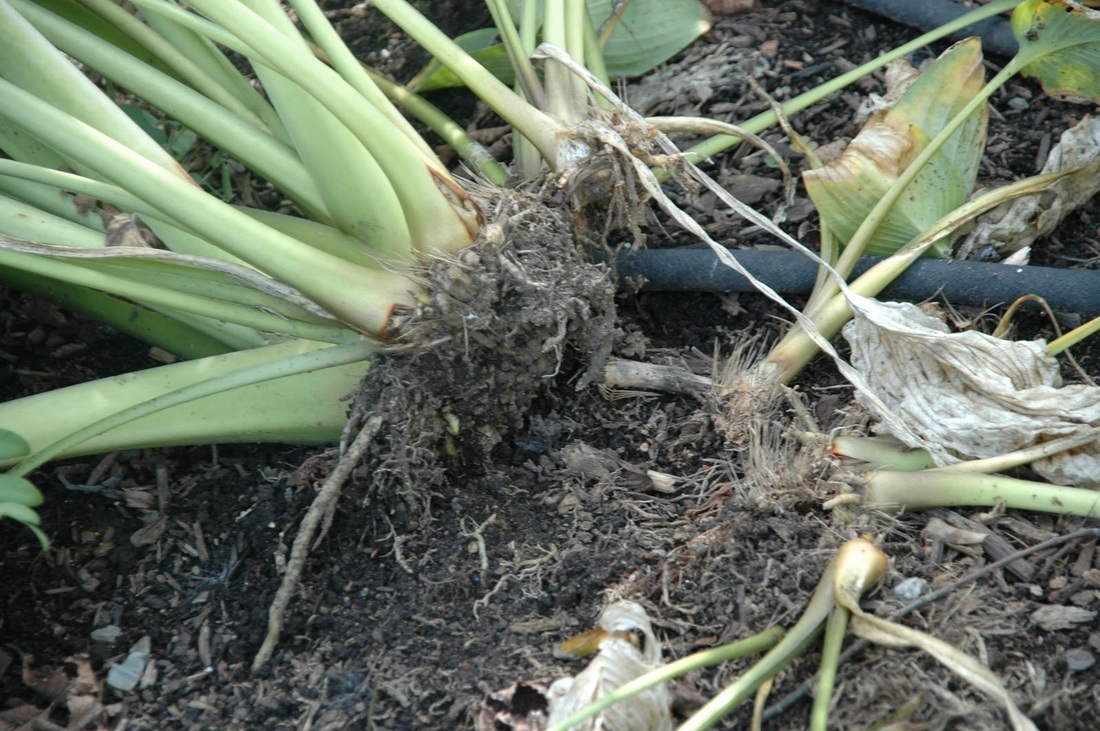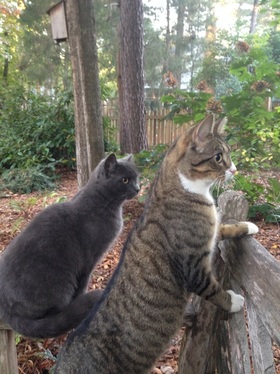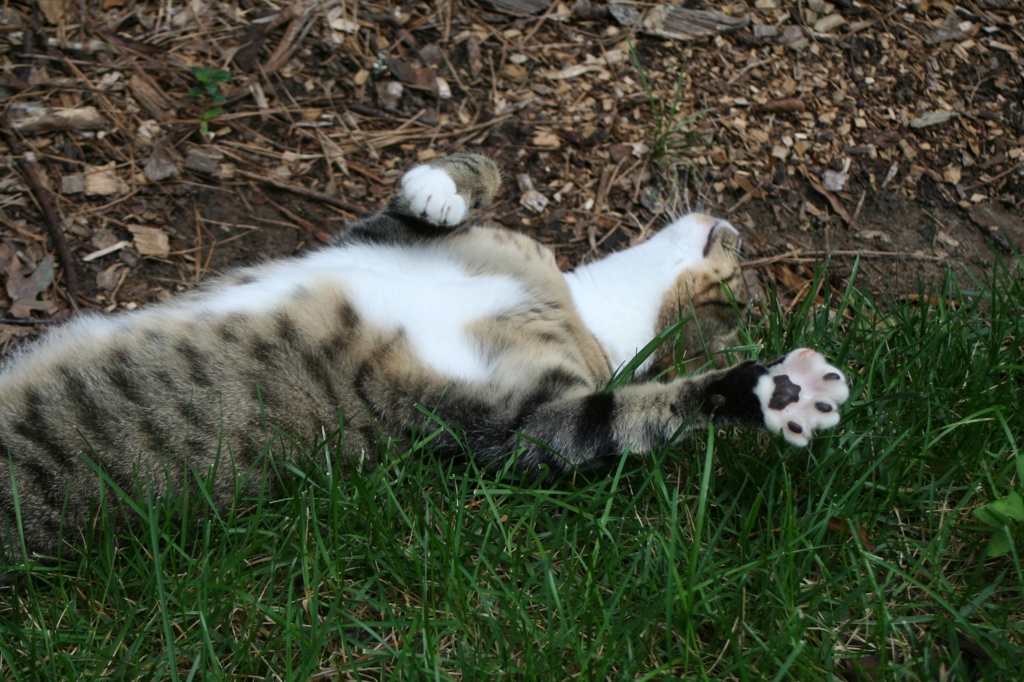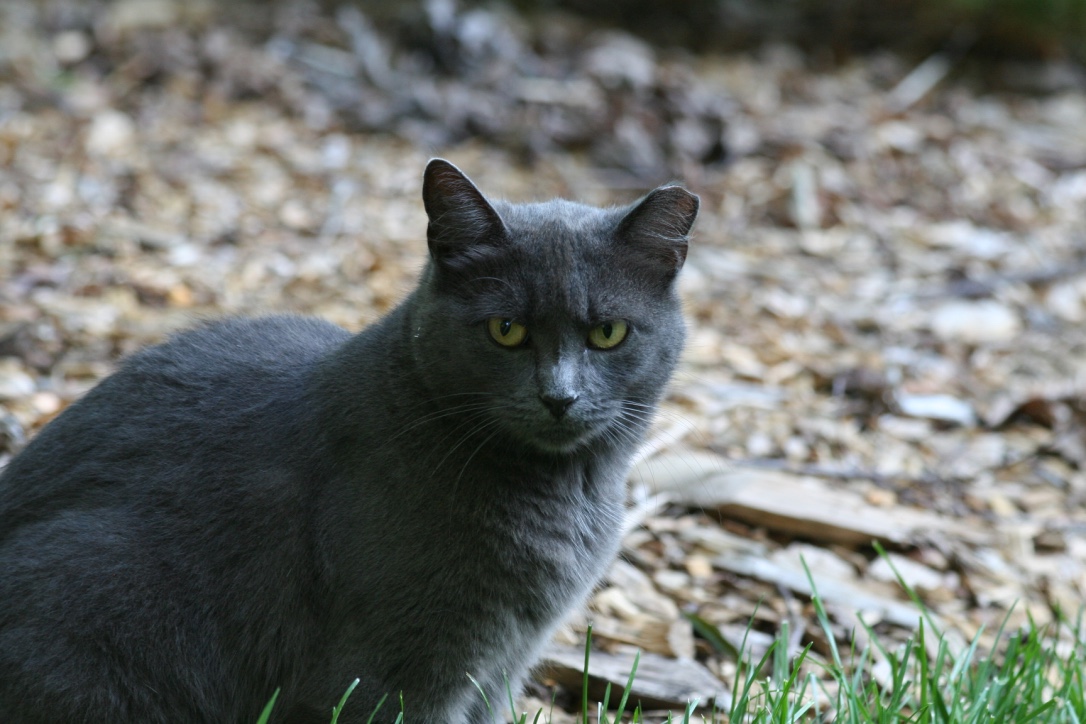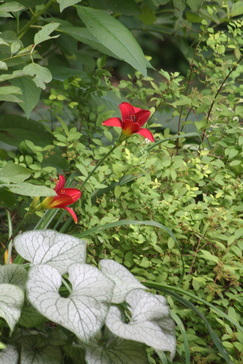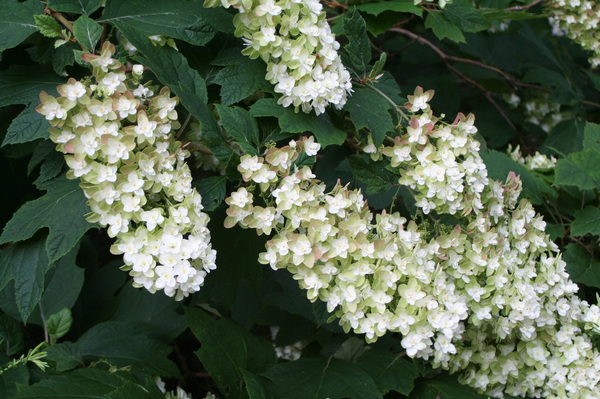|
December 2013, I sat on my garden bench, head in my hands, and close to tears. I had just come outside to inspect yet another 10-year-old Oakleaf Hydrangea laying on its side with no roots, the sixth Hydrangea victim in two weeks. Voles were to blame, aka nocturnal field mice and very cute until they do thousands of dollars of damage to your landscape. As a designer, my yard is my business. At that rate of destruction, we could no longer co-exist. Not to be confused with moles that dig for earthworms, grubs, and other insects, voles feed on plants, primarily plant roots. Voles do not tunnel like moles, but they use mole tunnels to access the root systems. They will also strip the bark from mature trees and shrubs. Because they are nocturnal, often the only sign of vole activity is a leaning plant with severely damaged or no roots, and by then, it's too late. Those who live north may be less familiar with these destructive critters, simply because voles can struggle to survive very cold winters. Living in a thickly forested area of northwest New Jersey, I developed a thorough understanding of deer and their habits, but had no experience with voles until we moved south to a warmer winter climate. Now, I'd trade a deer problem for a vole problem any day. So it is here I digress from blogging about plants and landscape design to share a story, or perhaps an adventure, about my experience with developing effective vole control for my yard. 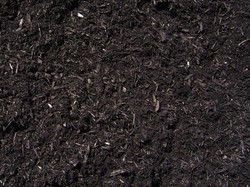 My critter problem started after years of working my dense clay earth, when my soil finally became black, rich, loam-y, and, of course, easy to tunnel through. Add several mild winters, and my vole population simply exploded. For the next three years, I waged a war with traps, deterrents, and chemicals. I spent hundreds of dollars every season replacing plants, not to mention the frustration of having to start over with 3-gallon shrubs. But, no matter what I did or how vigilant I was with applications and traps, I was losing the battle. Nothing was working. As I sat on my bench, it was time to rethink my strategy. I knew I needed a nighttime mouse predator. The hawks, owls, and black snakes weren't putting a dent in the numbers. A cat was a logical solution, but my husband was terribly allergic and the idea of leaving a cat outside 24/7/365 wasn't very appealing. When I talked to my sister who owns a horse farm and several barn cats, she encouraged me to connect with the local feral cat society. The what? Who? It was then that I dove headlong into a project of researching, adopting, and then taming two spayed feral kittens, part two, and possibly part three, of my story. In the meantime, meet my "repurposed" cats... Snickers and Skittles...
Up to this point, we have named combinations of three to five genus species for every area within the larger landscape, focusing and selecting plants based on mature height and contrast. Now for the layout...
For most of us, straight lines patterns and symmetry just feels right, but it's the one-off that truly appeals to our subconscious, i.e. asymmetry, odd numbers, zigzag and triangular patterns. Also remember that Mother Nature rarely plants in straight lines. There are opportunities for straight-line and symmetrical planting near the house, patio, and very narrow beds. But, right now, we are designing for planting beds away from the house, and our goal is to weave a natural landscape of colors and texture using triangular and zigzag patterns. Step two, take the next tallest plant for this first area and do the same. Create triangular or zigzag patterns with an odd number of plants (or multiples of 3), weaving them close to the first plant, yet always accounting for mature width. Again, use this group once or several times, depending on the mature size of the mass and the space available. Continue with the next tallest plant and so on. Poka-dot the open holes and edges with perennials and annuals and move on to plan the next area.
|
Welcome to my journal. For over 20 years I've created original landscape plans to help homeowners increase property value and really enjoy their yards. I approach every project as an unique opportunity to develop a work of living art, one that will require minimal care and age beautifully with time. In this journal, I will share some of my field experiences and tricks of the trade with you. Feel free to email questions. Thanks for visiting.
Archives
February 2019
|
